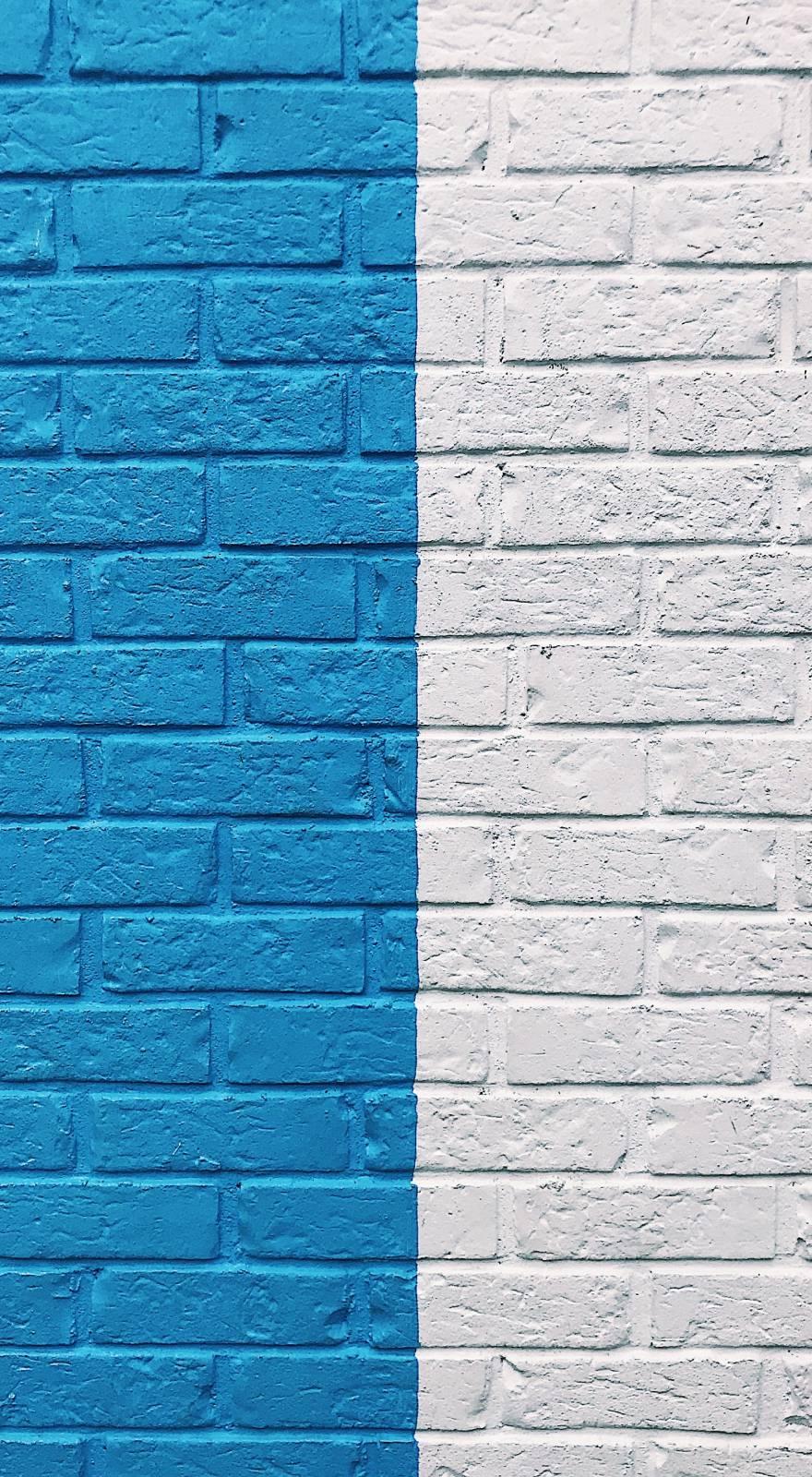Knowde Enhanced TDS
Identification & Functionality
- Chemical Family
- Product Type
- Technologies
- Product Families
Features & Benefits
- Ready-to-Use Product Features
Applications & Uses
- Applications
- Application Area
- Uses
Aerospace/Aviation: Aircraft, Helicopters, Radar and Ground Handling
Industrial: Material Handling, Pumps, Pipes, Valves and Fans where non-conductive properties are a must.
Electronics: Used extensively in the electronics industry where electric properties are critical.- Cleaning
All parts must be chemically or mechanically cleaned, film free, by an industry recognized cleaning specification or method.
- Use of Primer
PTI recommends PT-500 MIL-P-23377E, high strontium chromate prime-all primer as a part of this system on metal surfaces. To assure unsurpassed corrosion protection and maximum adhesion, an acid etch pretreatment wash primer, PT-402, should also be used.
- PT-402: Wash Primer
- PT-500: Meets MIL-PRF-23377
- Mixing Instructions
Shake component A in an industrial paint shaker for 5 – 10 minutes for optimal results.
Admix by volume:
1 Part Component A (Base)
1 Part Component B (Catalyst)Add the Catalyst into the Base.
Admixed material should be allowed a 30-minute induction time for best application results.Reduce: Use reducer PT-1003 Type II no more than 50% by volume. Use only the amount necessary to obtain proper spray viscosity.
- Application
This product can be applied using brush, roller, conventional air spray equipment, HVLP Spray system. Please consult with a PTI representative for specific equipment recommendations and settings.
- Make sure pots, guns, and lines are purged and cleaned.
- Mix both base and catalyst thoroughly and filter/strain before spray application. NOTE: It is not recommended to strain flat/matte coatings.
- HVLP Spray Pressure: 7-10psi. Conventional Spray Equipment 15-30%
- Always air-blow and tack wipe the surfaces to be painted. Parts should be grounded to prevent static.
- Best application results: apply 3 coats: 1 fog/tack coat & 2 full coats from 0.75 – 1 mil thickness.
- Allow 20-30 minutes to pass before applying additional coats.
- Recommended Dry Film Thickness is 2.25-3 mils. Some colors may require thicker films to achieve hiding.
NOTE: Application of PTI products requires the use of all OSHA approved safety equipment, including proper ventilation. Additionally, PTI products require the recommended temperature/humidity conditions and film thickness ranges for optimal performance. The material, hangar, and aircraft skin temperatures should be no lower than 75°F / 25°C before, during and after application.
- Drying and Curing Schedule
Dry times are based on the dry film thickness between 2.25-3 mils.
Air Dry Times (75°F / 25°C and 50% Relative Humidity)
- 7 days to full cure
- 30 days to maximum resistance to environmental conditions
Force Cure
- 30 minutes at 250°F
- 1 hour at 180°F
- 2 hours at 150°F
- Equipment Cleaning
Use clean Acetone, IPA, or PT-1003 Type II. Do not allow material to dry or cure inside any equipment.
- Recommended Primers and Reducer
Recommended Primer(s) - PT-402 Wash Primer and/or PT-500 Epoxy Primer
Reducer - PT-1003 Type II
Properties
- Typical Properties
| Value | Units | Test Method / Conditions | |
| Flexibility (1/8th Mandrel 0.125al) | No Cracking/Flaking | — | — |
| Gloss (85 Geometry) | max. 1.5 | Degrees | — |
| Mil Thickness | 0.75 - 1.00 | Mil per coat | — |
| Mix Ratio by Volume | 1 part Base to 1 part Catalyst | — | — |
| Pencil Hardness - Castel B (Air Cure) | 1.0 | H | — |
| Pencil Hardness - Castel B (Heat Cure) | 2.0 | H | — |
| Pot Life | 8.0 | hours | — |
| Saturated Salt Spray | min. 1000 | Hours | — |
| Taber Abrasion (1000 cycles/1000gms, CS-17 wheel) | max. 125 | mg | — |
| Temperature Range | 45 - 400 | °F | — |
| Toxicity | No known toxicity when used under normal conditions | — | — |
| Weathering (Accelerated) | min. 1000 | Hours | — |
Regulatory & Compliance
- Specifications
- MIL-C-22750D
Storage & Handling
- Shelf Life
Shelf life is only applicable for materials stored in unopened and undamaged original factory filled containers. 1 year when stored between 50°-85° Fahrenheit.

